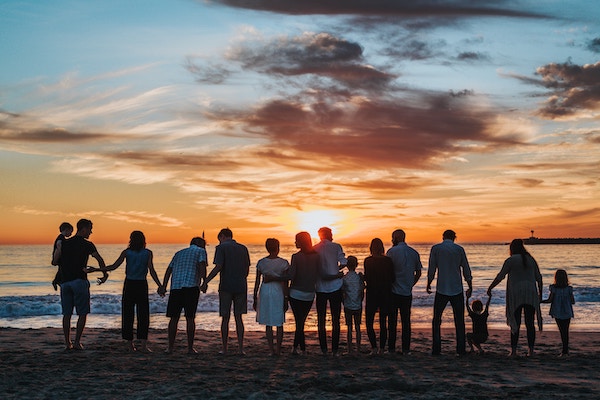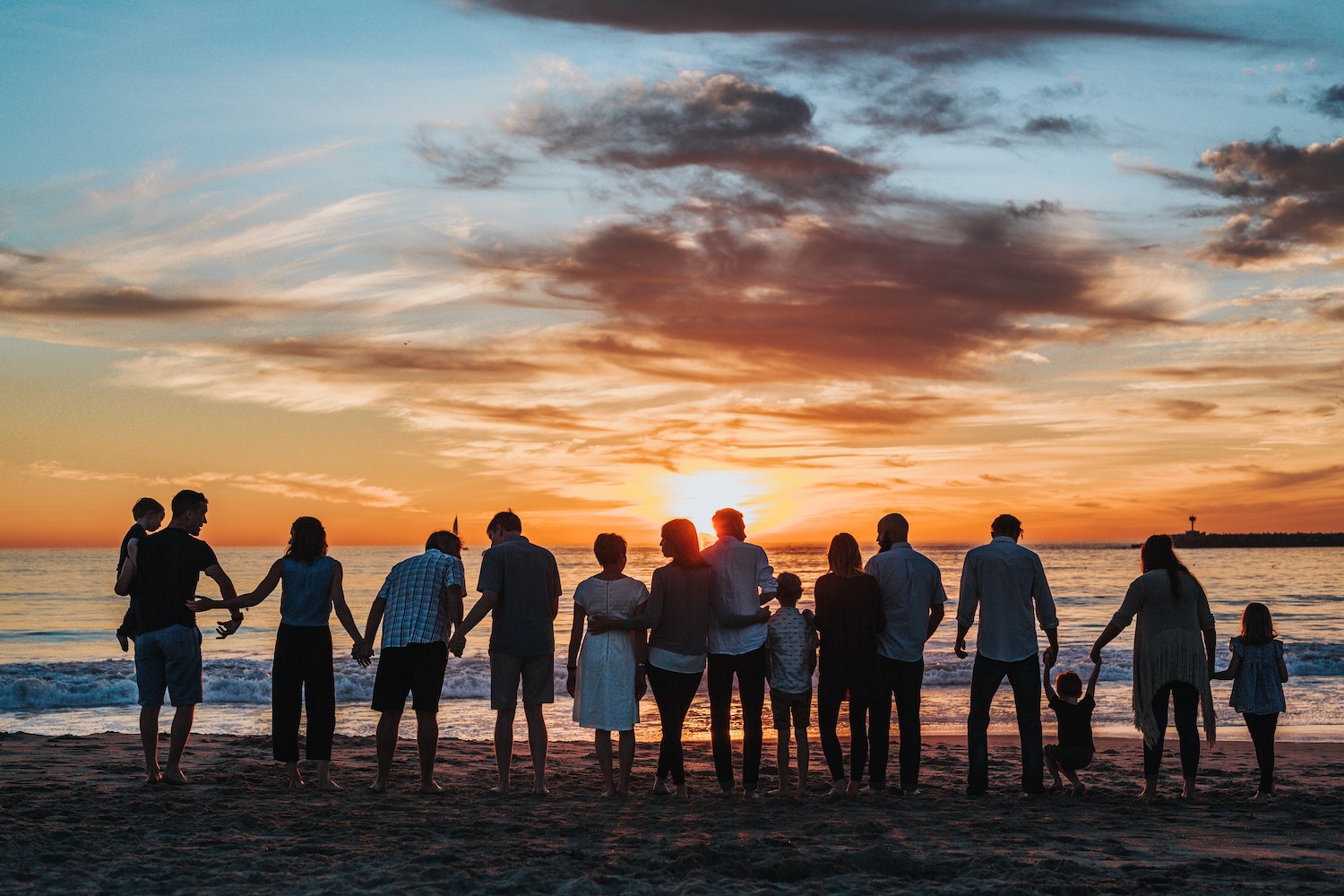The Traveling Village: 21 Families, 3 Destinations, 4 Months, 1 Grand Experiment
The Traveling Village: 21 Families, 3 Destinations, 4 Months, 1 Grand Experiment
By Esme Benjamin
If you were going to build the ideal life for your family, what would it look like? A flexible work schedule and plenty of quality time with your kids? A caring community for support and socializing? Fulfilling slow-travel experiences that let you live like a local for a while? I’ve just described the Traveling Village, an ambitious project helmed by Danish entrepreneur Nikolaj Astrup Madsen, that aims to unite 21 families in an experimental co-living, co-traveling experience.
In January 2024, after months of online planning and organizing, the 76 members of the Traveling Village (39 adults and 37 children, spanning eight nationalities) will meet in person for the first time. They intend to spend four months divided between three different locations (Hội An in Vietnam, Koh Lanta in Thailand, and Kyoto in Japan) living close to one another, participating in communal meals and child-friendly activities, and working remotely, in a lifestyle inspired by traditional Danish co-housing projects.
As the former owner of Refuga, a travel company that hosts group trips for entrepreneurs, Astrup Madsen has proven credentials when it comes to community building and trip organizing, but he’s not turning the Traveling Village into a new business venture just yet.
“It's kind of rare that you create a project that's so deeply connected with your own values and rooted in your own experiences,” he explains. “The whole project is currently nonprofit and I think that's been very important for us to create such a great community feel.”
We caught up with Astrup Madsen, who was an early adopter of the digital nomad lifestyle, but now has a home base in Copenhagen, to discuss the inspiration behind the Traveling Village, how the group approaches logistics, and whether this communal lifestyle might be the solution for working parents who love to travel the world.
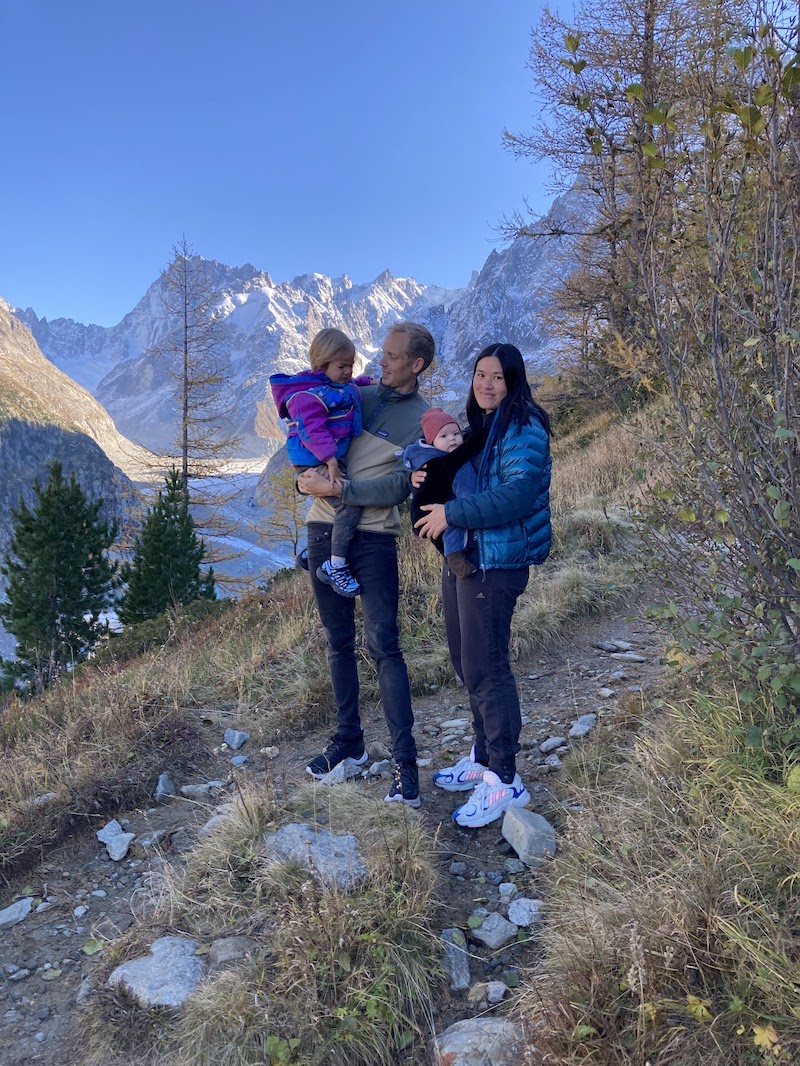
Esme Benjamin: As an avid traveler and a parent who is feeling a need for more community, I love the concept of the Traveling Village. How did it come about?
Nikolaj Astrup Madsen: My wife and I are both self-employed, and remote work and freedom have always been part of our lifestyle. Having kids was a big transition for us, but we got that whole nesting feeling and settled in an apartment in Copenhagen, which is where we've been for the past five years. Now we're ready to travel a bit more, but in a new way that fits life with kids. Last year, we did our first bigger trip as a family where we traveled for six months and it became clear to us that it's just so crazy that we're all living in small silos. It's so hard for parents to balance it all. The idea of the Traveling Village has been something that, in different formats, has been on our minds for years, but on this trip, we decided we were ready to move forward with the project.
EB: You started with four “founding families” who were instrumental in shaping the village. How did you find those people?
ANM: Although I have a background in planning group trips I decided I didn't want to turn it into a business. To make this a true community project, we set out to find three more families that could help with the whole process. The people who signed up were all loosely connected to us in one form or another, but we have a good variety of skill sets and it's been working really well.
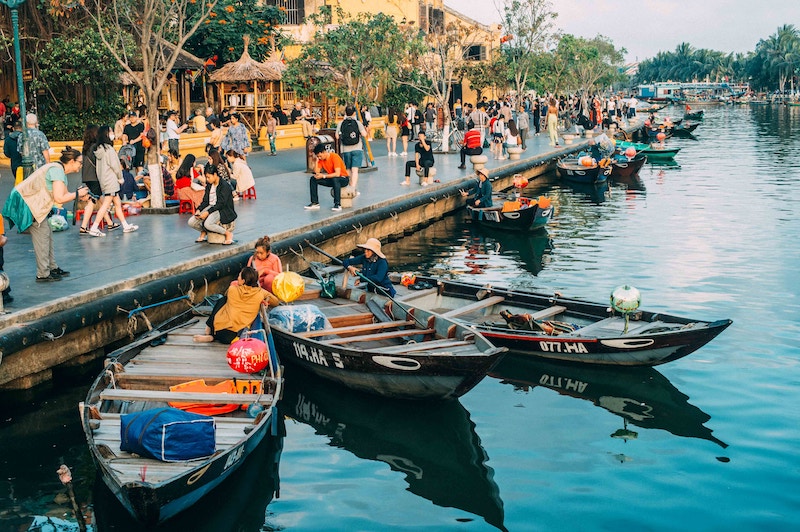
EB: You now have a total of 21 families, including yours. Did you have to vet the families carefully, since you're going to be so tight-knit for several months?
ANM: I think the concept is crazy enough that the people who applied were a self-selected group. We tried to stress that everyone has to participate in creating the Traveling Village – there's no host, there's no guide, there's no customer service person. We had “reverse sales meetings,” where we would emphasize that there will be conflict. There's going to be a honeymoon phase and then there's going to be a phase where you want to leave. We were trying to get people on the same page because we believe that a real community is something that's hard to be a part of. It demands something from people. We also wrote a handbook, which kind of worked as our terms and conditions, which the families had to agree to. Finally, they had to pay a deposit for communal meals and stuff like that. Some Americans asked if we would be conducting criminal background checks, but we didn’t feel the need to. Perhaps we could have done more, but truthfully, a lot of it has been based on gut feeling.
EB: The three destinations – Vietnam, Thailand, and Japan – are really appealing to me. How did you settle on your selection?
ANM: We had one spreadsheet with 60 locations and another one with 25 location combinations. You have to consider the weather and public holidays – things like that. We wanted the locations to be as different as possible while still being in the same region, so it was easier to travel from place to place. Again, the decision was based on gut feeling, but we also had a small voting system among our founding families.
EB: What will the living arrangements be like once the trip begins?
ANM: The initial idea was to draw a small circle on the map that would be the hub of our community activities, and everyone could book their own accommodation close to that circle. But people wanted to live together in a small cohousing development, so in Vietnam, we booked out two small hotels. There are two spare rooms where the kids can play and we also have a whole kitchen. In Japan, that exact model is not so common, so it's been more difficult for us to find really good lodging.
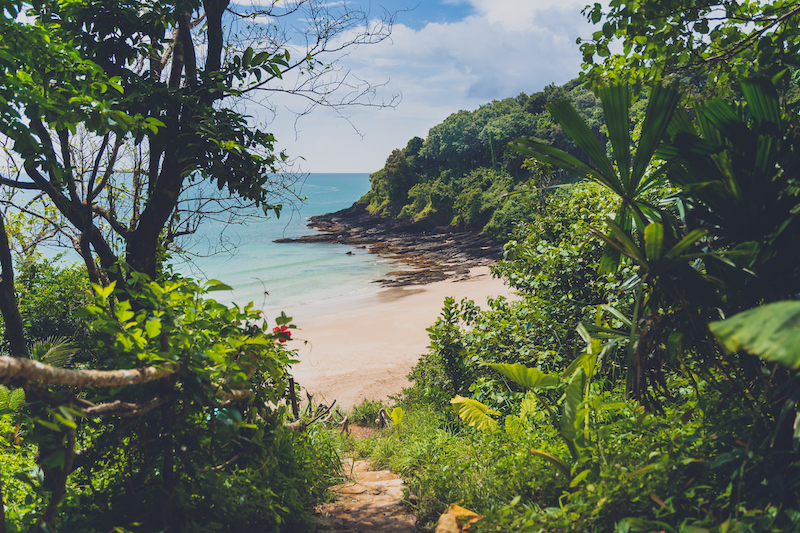
EB: I know a big part of the concept is having what you call “a community living room” – a space where you can gather and spend time together casually. Can you explain why that is so important?
ANM: Here in Copenhagen we have a yard shared among 120 apartments, and during the summer the kids are playing and people are bringing food down and meeting up for dinner. There are no logistics to figure out, it's totally casual. That's something that we wanted to try to design for the Traveling Village, so we are hoping to secure some additional small spaces around our community for communal meals and activities.
EB: I'm assuming everyone coming is self-employed or at least has flexibility in their work schedule. How are you going to approach the balance between work and childcare?
ANM: My hope is that there's going to be so many things happening, that those issues will take care of themselves without a lot of planning. We have created “work groups” where people can team up and organize activities around their interests. I think there’s going to be a pretty big weekly program of stuff that you can choose to do. Hopefully, the kids will be comfortable with the other adults in the group, so at one point, it's going to be possible for me to bring my five-year-old down to join someone leading a drawing session in the community living room while I work for a bit. Personally, I don’t think we don't need full-time daycare to thrive, we just need a little bit of slack - those 30 minutes where the kids are running around and someone else is watching them.
EB: Did you consider hiring local nannies to help out with the kids?
ANM: There's a dedicated work group for some of the families who want to hire local childcare help because both partners need to work 9 to 5. Of course, my dream is that there are going to be so many things going on throughout the week that the need for daycare will be limited.
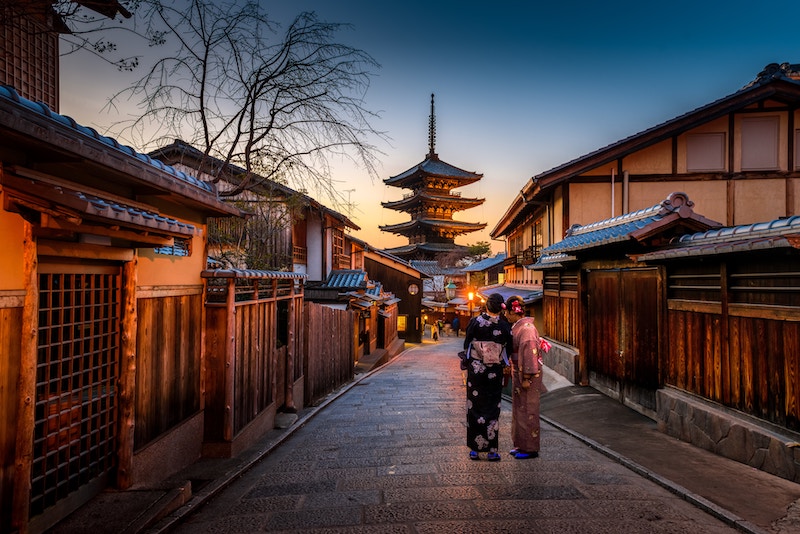
EB: How much are you estimating that it will cost each family to participate?
ANM: There's a community contribution that goes towards communal spaces, meals, and a few small events, and that is around $3,000 for the whole trip. The cost of typical travel expenses like food and lodging varies from place to place, but in Vietnam, each family pays around $1000 to $1200 for 35 days of lodging in our private hotel, which comes with two community rooms for the kids to play in, a big kitchen and breakfast each morning.
EB: If this experiment is a great success, what is your hope for the future of the Traveling Village?
ANM: That's a really good question. On the one hand, I want to do more, and I want to take advantage of the momentum we have built. But on the other hand, I want to be a little bit careful with growing it. However it evolves, I'm certain this will not be the last traveling village that we do.
Visit travelingvillage.com
*This interview has been edited for clarity and length
